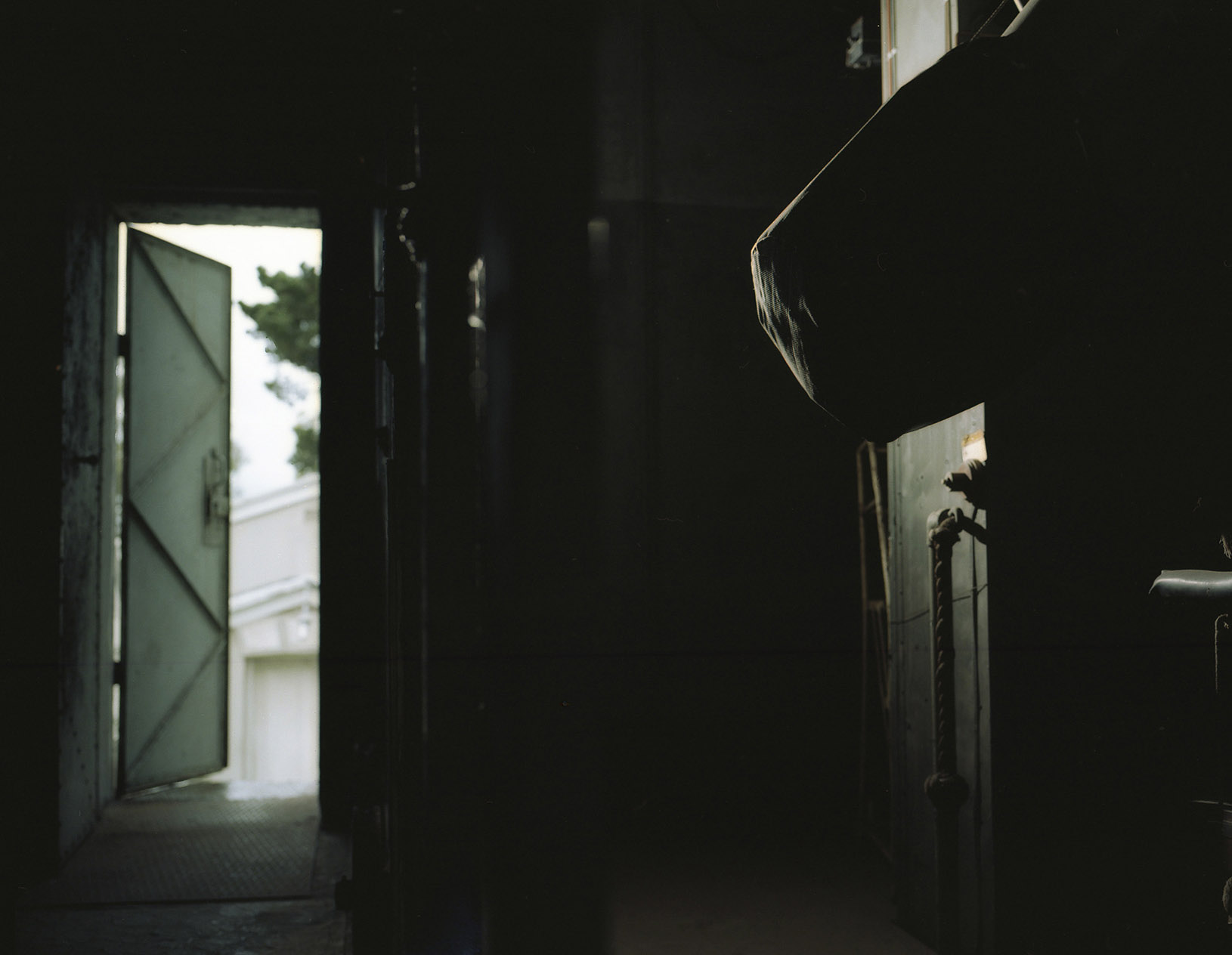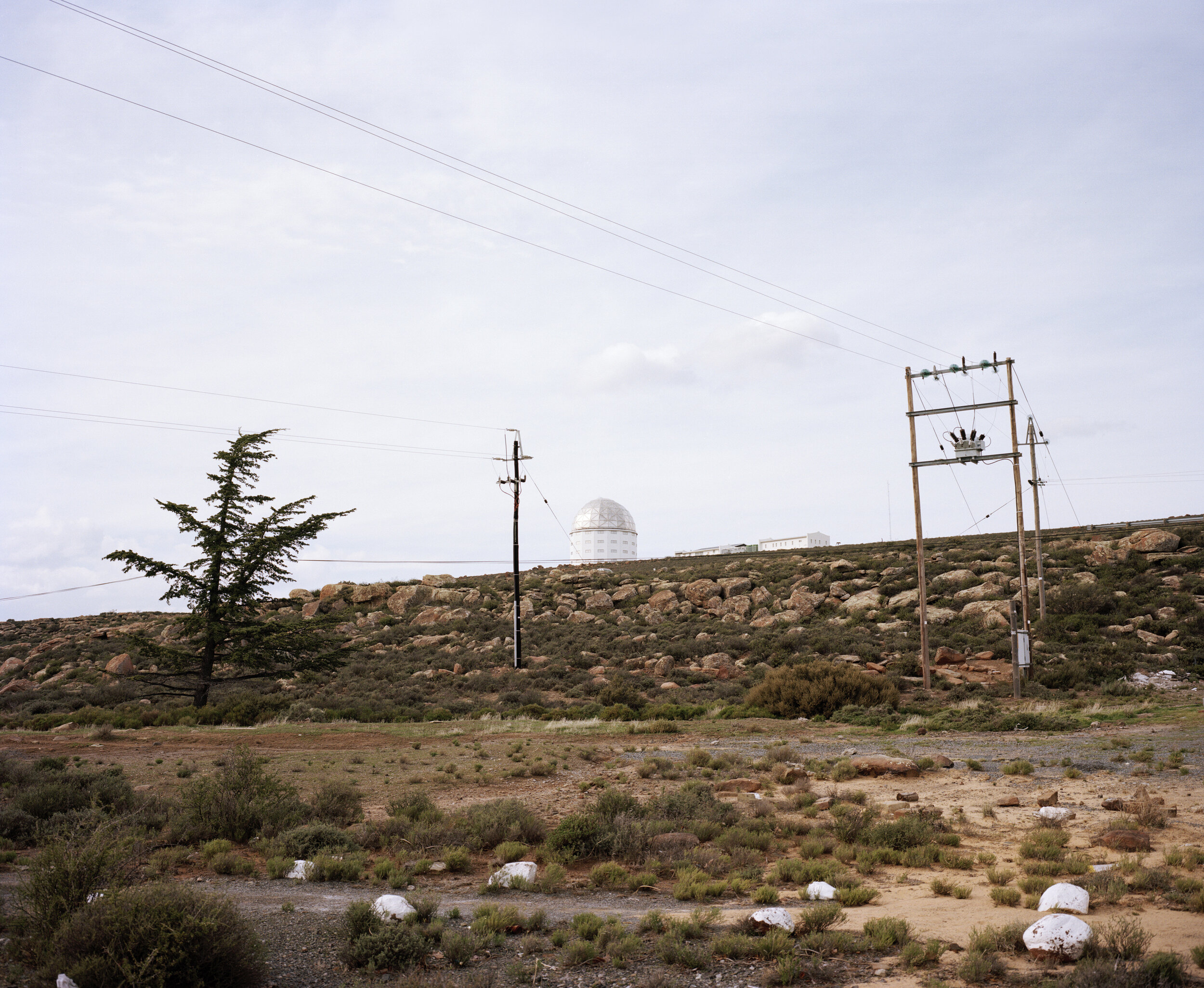I photographed this from my backyard here in Brakpan - in the middle of the city. I use multiple different filters like hydrogen alpha, sulphur two and oxygen three. Those filters only allow a narrow spectrum of light through of 6 nanometers. That basically blocks out all the light pollution that one gets in the city, so you can get high-quality pictures from town.’
‘I photographed this from my backyard here in Brakpan - in the middle of the city. I use multiple different filters like hydrogen alpha, sulphur two and oxygen three. Those filters only allow a narrow spectrum of light through of 6 nanometers. That basically blocks out all the light pollution that one gets in the city, so you can get high-quality pictures from town.’
’You have to be devoted, I’m basically outside every night. I meet so many people, and it gives me a reward - when people say they enjoyed it. Lastly I would say you learn how insignificant we are in the greater universe and it makes you feel humble - that is the way I want to look at it every night.’
Jurg Wagener, Star Gazer
'I have to agree that it is not only our world - it is such a vast area, it is a never ending story… where do you stop, where do you begin? Once again it makes you feel very humble.’
Jurg Wagener, Star Gazer
I become very happy when I’m up there, partly because of nature, you see all kinds of natural things. Also the mirrors, how they clean the mirrors and how they are so busy with the the machinery and all those things - it’s all beautiful. I left school early, but I did have science at school, and it attracts me - when I see the things they do. It makes me curious to learn about the telescopes.’
Anna van Wyk, Sutherland local.
’And then we have Betelgeuse, that's a very important star. It's in the Orion constellation and some scientists to say it's already gone supernova. Some say it still has to. As astronomy is a science, it's still being looked at and studied, so we always say nothing is fact until it is proven. Why? Because man hasn't been in space - we cannot get there. We cannot really study the stars. We don't know anything until we actually have the facts - we do by mathematics and other subjects study space and the universe, but all of it is theoretical until we can prove it's fact.’
‘When I was a young girl, we didn’t have telescopes. We had small binoculars mostly because it was after the world war. Today there are so many telescopes - and they are amazing. From this little size from where you could see the moon and the Planets to that big one over there where you can see literally everything.’ - Jess van Elferen, Shopkeeper, Telescope Shop, Brakpan, Gauteng.
This building houses the Gill Reversible Transit Circle, built in 1905 to measure the position of stars as they pass the north-south meridian and to check the accuracy of clocks. It was also used to contribute to the Catalogue of Fundamental Stars (Fundamental Katalog FK4), and was in use until around 1980 - after which the use of space satellites became the norm in the 1990s. The building is in need of repair and apparently one of its chimneys is housing a bee hive.
'With the 1.9m we were looking at the spectra itself. Like looking at a prism, we used diffraction gratings where you could shift the light and look at different parts of the colour spectrum - from there you can tell from what stars were made of and so forth. Just doing star gazing, especially if you look at Jupiter and Saturn, it blows your mind away. If you look at Jupiter it looks like a solar system on its own. The big mother planet with a few small moons around it, and from time to time you see one of the moons disappear. Then you look at Saturn with the nice rings around it, it looks like a sombrero - that is just unbelievable.'
Francois van Wyk, Night Assistant and service observer, South African Astronomical Observatory, Sutherland.





























